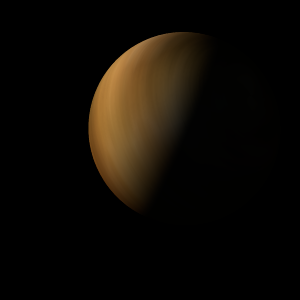|
|
Space Astro
|
Info for exoplanet "Keich Eng"
| Scientific (actual) data |
|---|
| Name | DE0630-18 (bc) |
| Planet status | Confirmed |
| Planet mass | 53 |
| Discovered | 2020 |
| Updated | 2020-12-29 |
| Publication | Published in a refereed paper |
| Detection type | Astrometry |
| Alternate names | DENIS J063001.4-184014 (bc) |
| Right ascension | 97.51° |
| Declination | -18.67° |
| Star distance | 20 |
| Wikipedia article | DE0630-18 (bc) |
Back
| |
| Fictional info (?) |
|---|
| Suggested name | Keich Eng |
| Planet type | Huge cold gas giant |
|
| Atmosphere | Ethane | 40% |
| Molecular hydrogen | 31% |
| Hydrogen chloride | 29% |
| Carbonyl sulfide | 3.0E-6% |
| Atmospheric pressure | 0.8 bar |
 |
| No known satellites |
| Google search for Keich eng |
|
Website by Joachim Michaelis
|
|
|
|